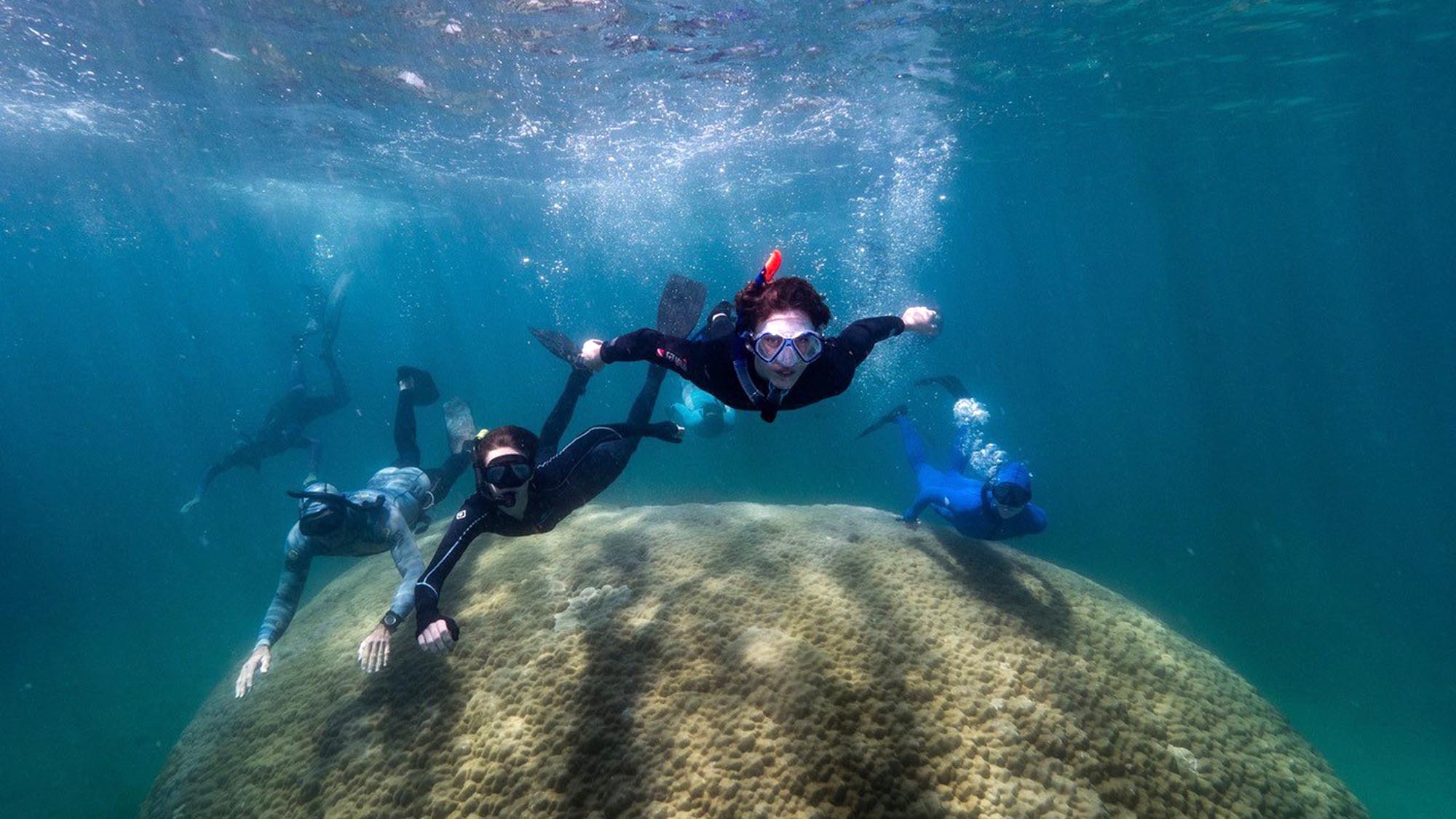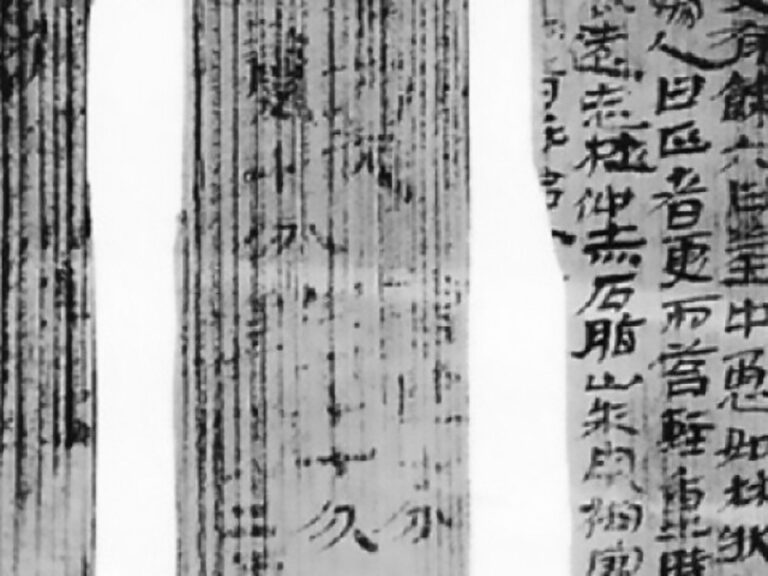Australian experts have found the widest coral ever observed in the Great Barrier Reef after surviving around 100 coral bleaching events and 80 major cyclones during the near 500 years it has spent on the seabed.
The discovery was made off the coast of Goolboodi, the Indigenous name for Orpheus Island, in the Australian state of Queensland in March this year with its size being confirmed on 19th August after the research team completed the study.
The team have named the giant coral Muga dhambi which means ‘Big Coral’ in the language of the Manbarra people native to Palm Island, an island group including Orpheus Island.
Adam Smith, lead author of the paper titled ‘Field measurements of a massive Porites coral at Goolboodi’, said: “The large Porites coral at Goolboodi (Orpheus Island) is unusually rare and resilient.”
He added: “It has survived coral bleaching, invasive species, cyclones, severely low tides, and human activities for almost 500 years.”

The gigantic coral is a record-breaking 10.4 metres (34 feet) wide, 5.3 metres (17.4 feet) tall and currently sits at a depth of 7.4 metres (24.3 feet) on the seabed where it is estimated to have been growing for the last 421 to 436 years.
The researchers reported that: “Muga dhambi is in very good health with 70 percent consisting of live coral, the rest being covered with the green boring sponge Cliona viridis, turf algae and green algae.
The coral has survived in an environment where countless reefs have been lost to human activity and coral bleaching.
The Great Barrier Reef’s condition has become a global concern and UNESCO announced earlier this year that it planned to put it on its ‘in danger’ list of world heritage sites.
The extent of coral loss in the Great Barrier Reef was highlighted by a study by the ARC Centre of Excellence for Coral Reef Studies in Queensland which found that half of its corals had been lost since 1995 due to the warming of the seas driven by climate change.
The Muga dhambi has proved resilient to the threats faced by the reef as researchers estimated that it has survived 100 bleaching events and up 80 major cyclones during its lifetime as well as resisting the effects of increasingly polluted water.
Muga dhambi belongs to the genus of stony corals called Porite which is one of 16 coral species found on the reef. This species of coral is one of the most important as it provides shelter to other marine life with its large structure.
Despite the coral’s current good health, the team is concerned that they will eventually be damaged by climate change, declining water quality, overfishing and coastal development, and for this reason they are calling for it to be monitored more closely by experts.
The research team fears for the future of not only Muga dhambi but the Great Barrier Reef as a whole, they said: “If we take the actions recommended by scientists, there’s still a chance we can keep this ancient community alive for many more years to come.”
The Ananova page is created by and dedicated to professional, independent freelance journalists. It is a place for us to showcase our work. When our news is sold to our media partners, we will include the link here.




